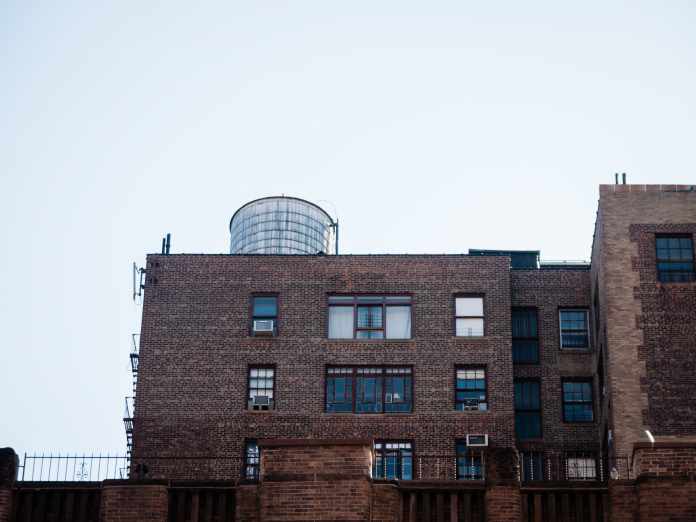Water damage is no new condition but what’s left behind is the unpleasant task of cleaning the damage. Consider water damage as a marathon, if you are on your toes, you will succeed. Plus, the damage may cost you your peace of mind, so it’s always recommendable to act fast when excessive water bursts into your property without an invitation. Deciding from where to start, the water damage repairs may be frustrating and challenging at times, but the results are surely satisfying. From mopping the floors to find hidden moisture and from swollen furniture to broken paintings, there is a lot that needs to be done. So, what are we waiting for? Let us make the restoration process much easier for you as we have outlined various tips for repairing your home after water damage.
1- Locate the water source
Believe it or not, but addressing the water source is the most important step before you dive into the cleaning process. There are typically 3 types of water, the first one is the clean water that comes from pipe leakage or rains. The second one is known as gray water that is a part of washing machines, toilets, and dishwashers that may or may not be safe for you to dive in. However, the last and third category is the black water that comes from sewage and other contaminants. Keep in mind that this black water contains harmful bacterias and germs that may cause you multiple health issues, therefore it’s always best to go for expert cleaning if you are witnessing black water in your home.
2- Dry out the affected area
After determining what kind of water is present in your house, you need to take the next step ASAP as moist places give rise to mold building. Start by mopping up the floors and place the fans and dryers to dry out the excessive moisture.
3- Bid goodbyes to damaged material
If your house has been severely affected then there are high chances that porous material including carpets, furniture, and insulation have been completely damaged. If the wood is swollen, then you can keep them out in the sun for some time to see if something good happens, otherwise, it’s time to say bye to your favorite items. If you see water damage to walls, then you will be required to replace them as well.
4- Look for hidden moisture
Once the water is out of your property, it’s time to investigate the hidden moisture. Check areas such as behind the furniture, under floorboards, and beneath carpets where moisture can be trapped easily. With the help of the fans and dryers, the drying process will become much easier for you.
5- Inspect for mold
Once the situation is in your control and looks pretty dry, look at the areas where there were high chances of mold formulation. It is believed that mold can be formed within 24hours for water damage, so in case of heavy mold formulation, look for a trusted plumber.
6- Disinfect
What’s gone is gone! Now it’s important to disinfect every corner of your house to ensure your and your family’s safety. The most common choice is a bleach solution that will help you to get rid of any kind of bacteria if there’s any.
Final Verdict
In case of minimal damage, these guidelines will help you to come out stronger. But if your house has faced severe water damage, then going to experts for help is the best decision you can make at the moment.















